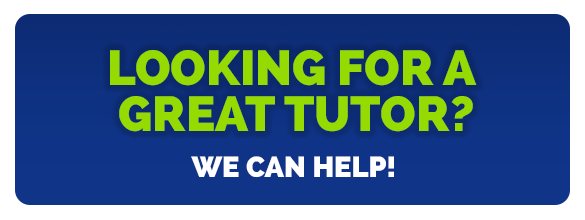Just when you thought you and your family could return to “normal” for the new school year starting this month, the Delta variant of the COVID-19 virus has become a major disruptor. This will be the THIRD school year that is affected by the pandemic in one way or another.
While most school districts across the country are still planning to start back to school with in-person classes, teacher’s union leaders in many states are backing away from that commitment and are talking about returning to remote learning in light of increasing numbers of positive cases, especially among children. Children under the age of 12 are still not cleared to receive the vaccination, and the spike in cases is worrisome. While it’s not likely that in-person school plans will get scrapped, as COVID-19 cases rise, some parents are having second thoughts about in-person learning and there is increased interest in virtual school options and homeschooling.
The CDC encourages all K-12 staff and students to wear masks inside school buildings, regardless of vaccination status, however enforcement of this recommendation is decided on a district by district basis. Some states are mandating mask-wearing indoors while other states are banning such mandates, leaving the option to the individual. While many are reluctant to mandate a return to mask-wearing in school, the controversy over the issue is becoming more heated.
The White House has weighed in and released a Fact Sheet about Reopening Schools and Rebuilding with Equity. They claim that “almost 90 percent of educators and school staff are now vaccinated” and they are calling on school districts and pharmacies in the federal pharmacy program to prioritize vaccinations for students age 12 and older. They are also providing federal money to support COVID-19 testing in schools. It will be months, though, before the FDA might approve the vaccine for children under 12.
It’s a rapidly changing situation, and is likely to continue to cause some confusion about what to do. As parents struggle with the conflicting news reports and recommendations, they are also weighing the risk factors of returning to in-person school against the known benefits.
How Learning Loss Figures In to the Situation
We know that many students have fallen behind academically and will almost certainly have anxiety about that and how they’re going to get caught up. The Washington Policy Center reports that a new study from McKinsey and Co “shows students are four to six months behind in reading and math.” The report further states that “unless students can recover these losses, the impact on their lives could be permanent.” High school dropout rates are up, and enrollment in public schools has dropped.
One of the driving motivations to return to in-person learning is the academic loss students have suffered as a result of inconsistent and often inadequate remote learning options. Added to that is the tremendous loss suffered due to the lack of socialization and the lack of extracurricular programs and sports activities. There’s just no question that students learn better in school, and it is critical to their emotional and psychological well-being to be able to return to normal school programs.
But what’s it going to be like for them to return to school after the last year and a half of upheaval?
With many thousands of school districts in the US, and a variety of local and state rules that govern them, students across the country will have vastly different “back to school” experiences. For the many students who are going to struggle to get back to “normal” and recover from the learning loss, they’re going to need some extra help, support, and patience.
How Tutoring Can Help
More than ever, teachers are going to be overwhelmed with the new school year starting. Not only do they have to cope with the regular “summer slide” and the effort to get kids acclimated to sitting in a classroom again, but they also have a whole host of new responsibilities related to the pandemic and health and safety issues.
Added to that, they will have students at greatly varied levels of competence in every subject. Some students did well with remote learning and stayed pretty current with their grade level. Many, many students did not do as well and have a lot of remedial ground to make up.
Given that teachers will have 20-30 students or more, it will be difficult to provide any kind of one-on-one attention to students who really need it.
Personalized, one-on-one tutoring can make the difference for many students. It is a safe environment for a student to ask questions and get individualized help without being embarrassed in front of classmates. A tutor who works with one student at a time can provide undivided attention and get more accomplished in one tutoring session than in a week’s worth of classes with a roomful of students.
Would Your Child Benefit from One-on-One Tutoring Help?
TutorUp tutors are all certified, experienced, background-checked classroom teachers. They know how to teach. And all of our sessions are one-on-one, personalized for your child’s specific needs. We currently offer all online tutoring sessions, so there is no concern about contagion or social distancing. Talk to a matching specialist today to help you connect with the right tutor. We’ll help your child excel.

